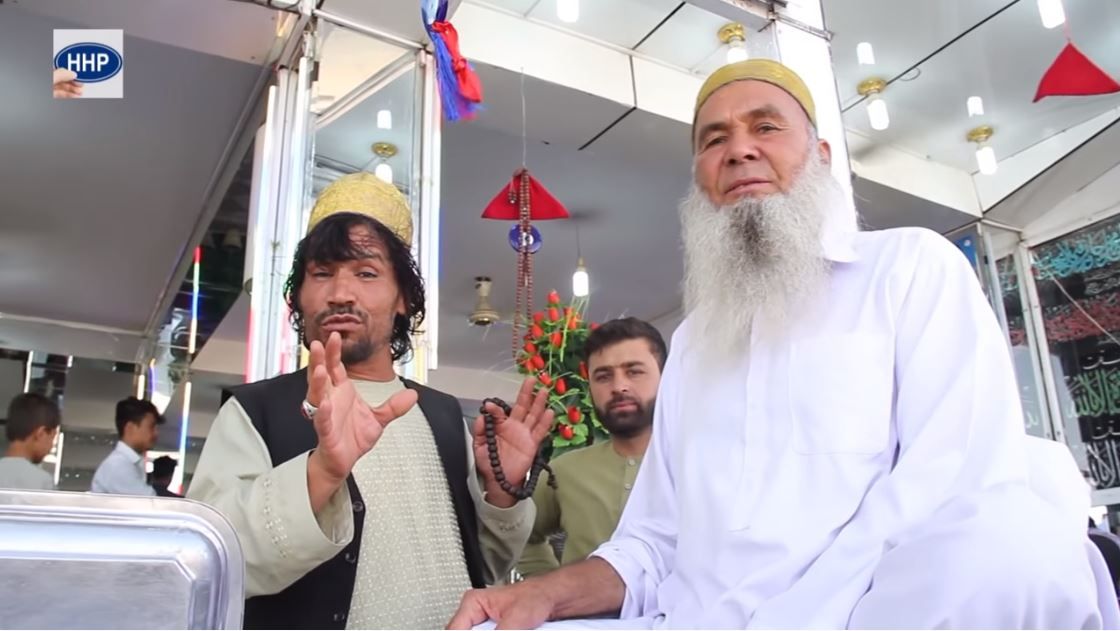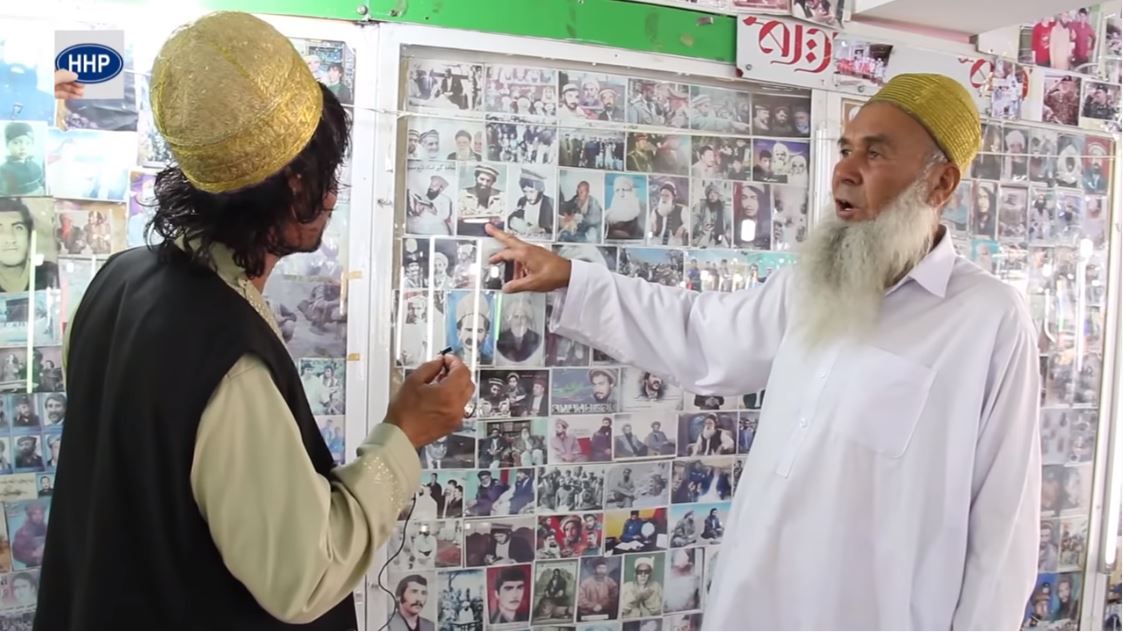/ Collecting practices beyond the normative / Muheb Esmat
Collecting practices beyond the normative
Muheb Esmat
Oct 13, 2021
A subtle Khamaki design that fades into his agreeable grey perahan tunban is visible from under his black waistcoat. With his hair dancing to the sounds of the wind, in his typical sincere manner with a healthy dose of confidence Chaachaa Mirwais begins this episode with a poetic intro:
برامدیم از خانه
کمره ها سر شانه
یگان برنامه جورکنیم
بر شما دوستای نازدانه
An actor and comedian, Mirwais Chahardihi famously appeared in Khanda Bazaar, a short-lived talent show focused on standup comedy produced by Tolo TV. Chacha Mirwais, as referred to by his fans, has joined a long list of independent media producers migrating to YouTube in the past couple of years. Hosting shows that border between travel logs and interviews, a special mix honed for an increasingly global Afghan audience in search of seeing day-to-day life inside the country. While the format of Mirwais’ show is not entirely unique, his presentation sets him apart from others. His extreme casualness and disdain for the institutional formalities of media production coupled with his informal language is a breath of fresh air in an otherwise homogeneous environment.

Pictured: Mirwais and Haji Jan Aagha. Screenshot
In this episode, Mirwais has come to visit Haji Jan Agha Parwani, a man with his own legend. In the small bustling city of Charikar, Haji Jan Agha runs one of the most popular Sheer Yakh restaurants. Immaculately dressed in a milky white perahan tunban, with his scraggly grey beard running down to his chest, he sits cross-legged at the front entrance window. To his right the busy street and to his left his renowned restaurant, a symbolic reminder that he is both the owner and the living mascot.
Beyond his famous Sheer Yakh (that I could personally attest to its quality from a visit several years ago) Haji Jan Agha has a collection of photographs that is equally worth a visit. Exhibited in glass vitrines installed across the walls, Haji Jan Agha’s collection is a curious presentation of history through his own eyes. The installation, or as he prefers to call it ‘the tableau,’ towering above his height is a photographic survey of who is who of Afghan history across a century’s long period. Tightly packed together, they are predominantly images of political and military leaders of past and present, with occasional sprinkles of architectural monuments, urban landscapes, and popular singers like the never forgotten Ahmad Zahir. In the process of walking Mirwais through the installation, it becomes clear that Haji Jan Agha’s passion and knowledge rests beyond just merely collecting hundreds of photographs to decorate his restaurant. These images present a glimpse of a bigger history that not only resides in his memory but has also effectively shaped the society around him.

Pictured: Haji Jan Aghaa speaking about his collection of photographs.
In short, what I believe Mirwais and Haji Jan Agha share is a search for alternative paths in media production and collecting. Through their sheer passion, the two have effectively subverted the institutional boundaries that define and restrict our understanding of history and culture to carve a space of their own. It is fair to say that only a diversity of practices will lead us to a better understanding and documentation of Afghanistan. If we are in search to locate this diversity, Mirwais and Haji Jan Agha are only two examples in a long list of people whose cultural work ought to be celebrated and further studied.